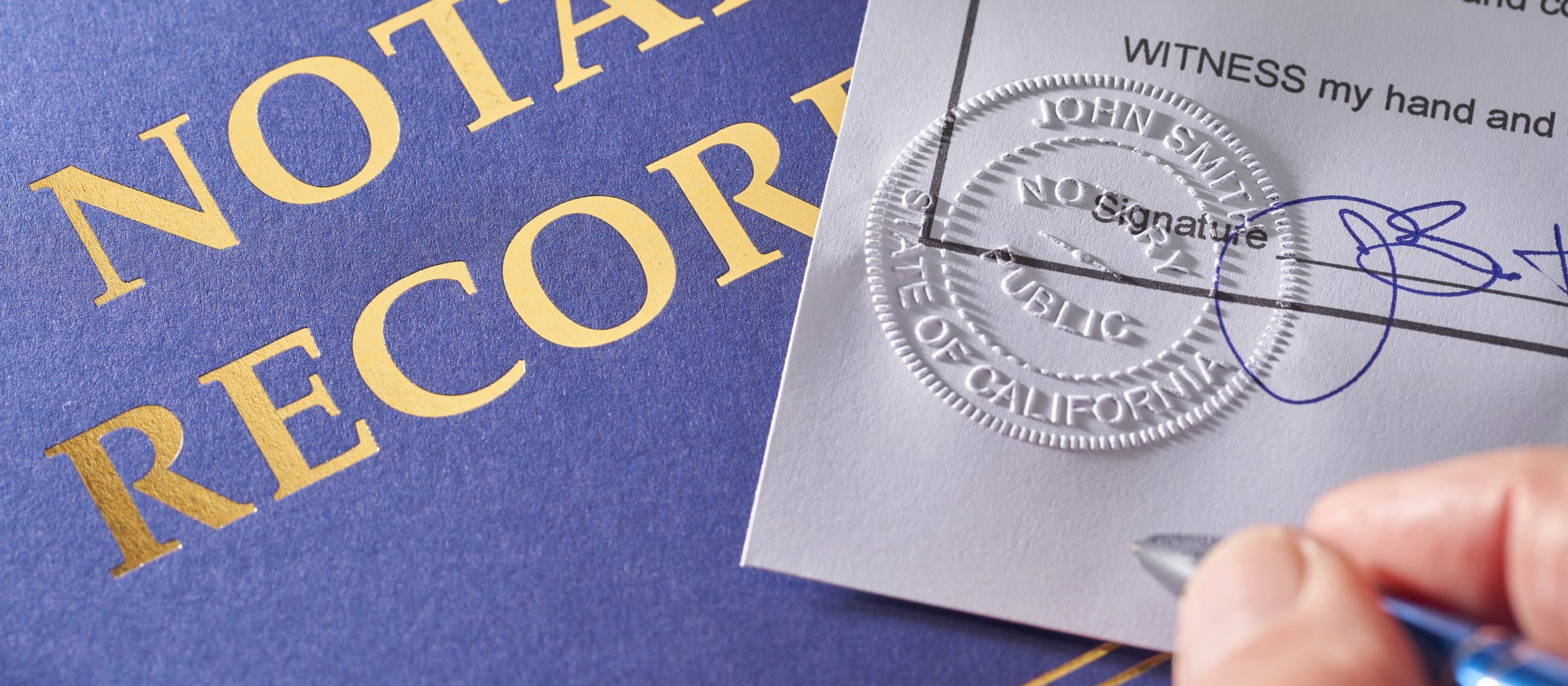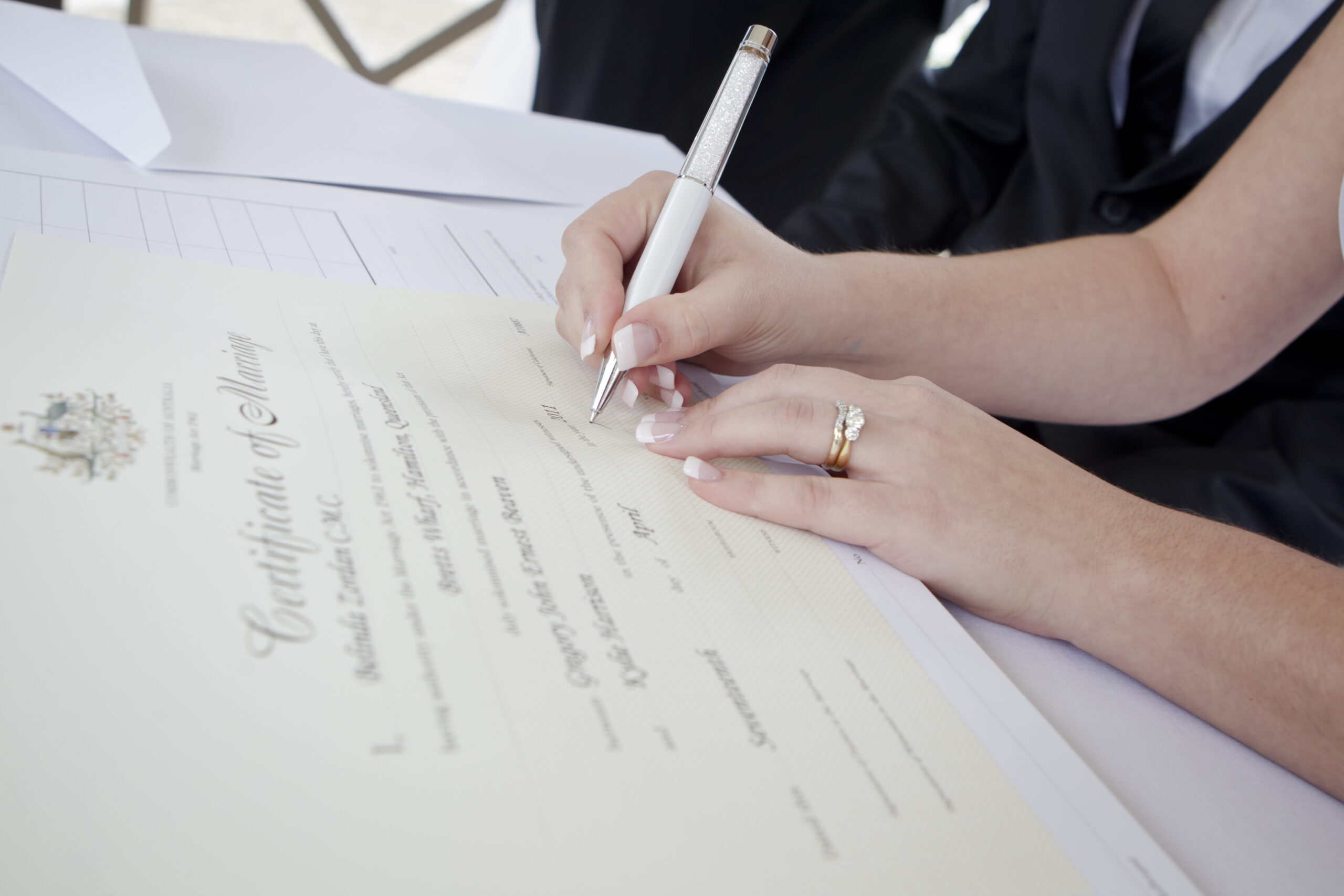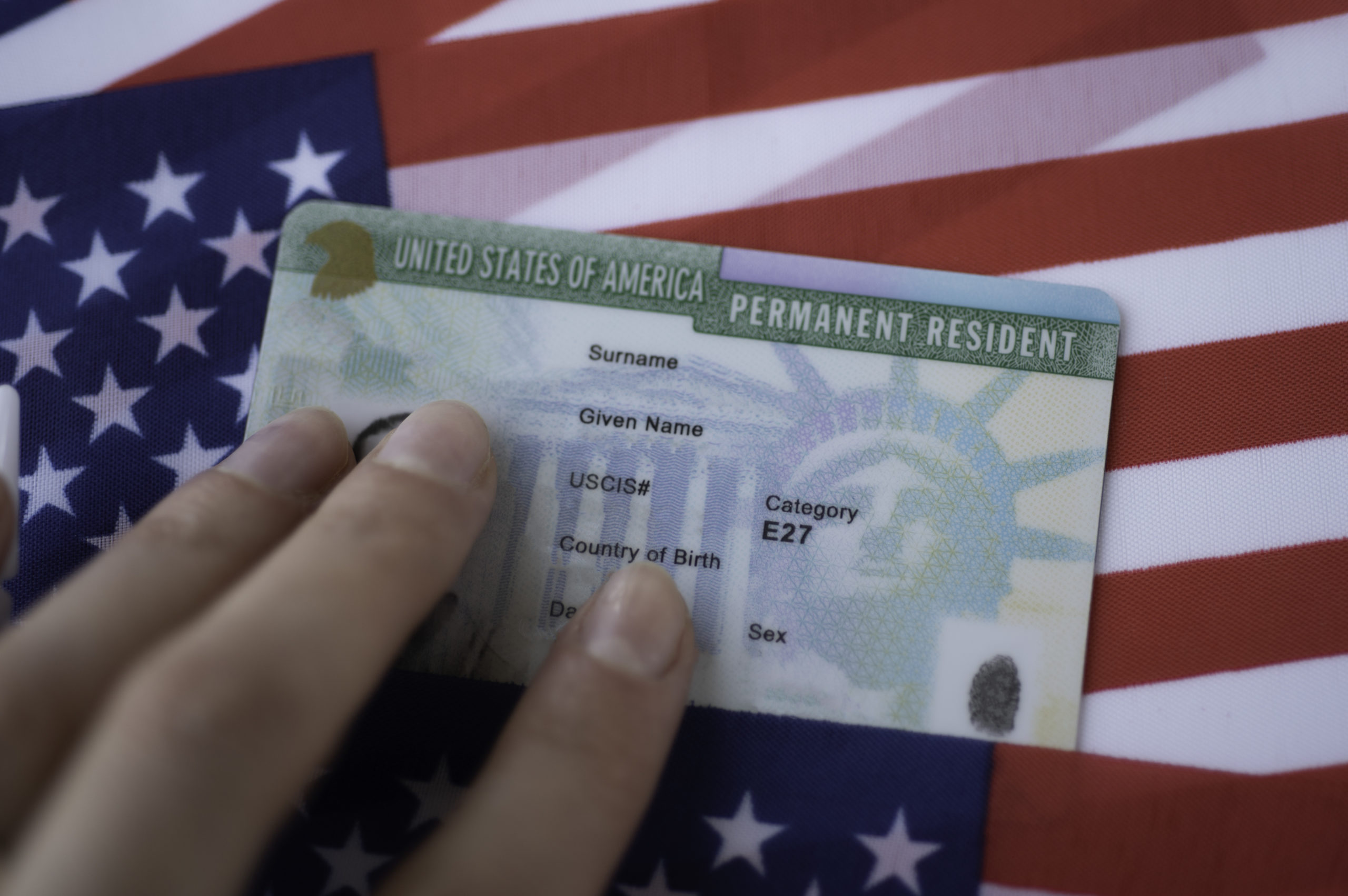With the continuous advancement of globalization, more and more Chinese scholars and researchers need to translate their research results into English so that they can be published on the international academic stage. In order to meet the needs of different customers, the thesis translation services and quotation standards provided in the translation market are also diversified. This article will focus on the fee standards for thesis translation from Chinese to English, the main factors affecting the price, and the key points to be paid attention to during the translation process.
Thesis translation fee standards:
The cost of Chinese-English thesis translation depends on many factors, including the difficulty of translation, the number of words, the language, and special needs. Generally speaking, the cost of ordinary Chinese-English thesis translation is roughly between 140-200 yuan per thousand words. If it involves complex professional terms or technical content, the translation price will increase to 200-300 yuan per thousand words.
In addition, if the translation company provides native language polishing, sentence-by-sentence optimization or additional proofreading services, the cost will increase further.
Main factors affecting the price of paper translation:
1. Translation language:
Medical paper translation involves multiple languages, such as English, German, French, Japanese, Korean and Russian. Due to the popularity of English, the relevant translation quotes are usually relatively clear.
2. Translation difficulty:
The medical field is divided into multiple sub-fields, and there are hundreds of classifications in subjects such as basic medicine. Relevant professional background knowledge is required for translation. The more difficult the field, the higher the translation cost.
Things to note when translating papers from Chinese to English:
1. Accurately understand the original text:
Understanding the original text is the basis of translation. Before translating, you should read the original text several times to fully grasp its meaning, structure and logic to ensure accurate communication.
2. Pay attention to accurate wording:
Accurate wording is the key to high-quality translation. All words, including nouns, terms, written expressions, etc., need to be particularly rigorous.
3. Adjust sentence structure:
The sentence structure between Chinese and English is obviously different, so the word order and structure need to be adjusted appropriately during translation.
4. Maintain the logic of the original text:
Ensure that the translated content maintains the logical structure of the original text. Logic is the core of scientific research papers. When translating, the sentence structure should be adjusted to ensure that the translation is both smooth and logically clear.
5. Multiple proofreading and revisions:
After the translation is completed, it needs to be proofread and revised repeatedly. First, proofread the accuracy and completeness of the original text, then carefully check the fluency and accuracy of the translation, and finally conduct an overall review to ensure that the translation is of high quality and readable.
6. Pay attention to grammar and spelling:
The correctness of grammar and spelling directly affects the readability and comprehension of the translation. During the translation process, careful grammar checking and spelling proofreading are basic steps to ensure the quality of the translation.











